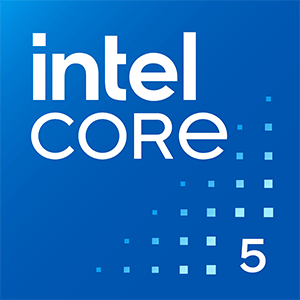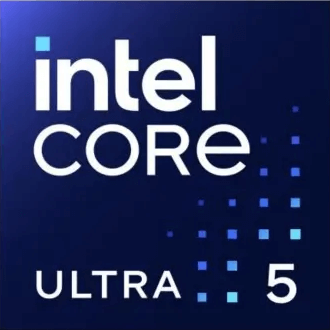Intel Core 5 120U vs Intel Processor N100
We compared two laptop CPUs: Intel Core 5 120U with 10 cores 1.4GHz and Intel Processor N100 with 4 cores 0.8GHz . You will find out which processor performs better in benchmark tests, key specifications, power consumption and more.
Main Differences
Intel Core 5 120U Advantages
Released 1 years late
Better graphics card performance
Higher specification of memory (6400 vs 4800)
Larger memory bandwidth (83.2GB/s vs 38.4GB/s)
Newer PCIe version (4.0 vs 3.0)
Larger L3 cache size (12MB vs 6MB)
Intel Processor N100 Advantages
Lower TDP (6W vs 15W)
Score
Benchmark
Cinebench R23 Single Core
Intel Core 5 120U
+101%
1861
Intel Processor N100
924
Cinebench R23 Multi Core
Intel Core 5 120U
+210%
9074
Intel Processor N100
2921
Geekbench 6 Single Core
Intel Core 5 120U
+92%
2323
Intel Processor N100
1204
Geekbench 6 Multi Core
Intel Core 5 120U
+250%
8109
Intel Processor N100
2314
Blender
Intel Core 5 120U
+147%
99
Intel Processor N100
40
Passmark CPU Single Core
Intel Core 5 120U
+89%
3730
Intel Processor N100
1969
Passmark CPU Multi Core
Intel Core 5 120U
+206%
17293
Intel Processor N100
5640
General Parameters
Jan 2024
Release Date
Jan 2023
Intel
Manufacturer
Intel
Laptop
Type
Laptop
x86-64
Instruction Set
x86-64
Raptor Lake Refresh
Core Architecture
Alder Lake
120U
Processor Number
N100
BGA-1744
Socket
BGA-1264
Iris Xe Graphics (80EU)
Integrated Graphics
UHD Graphics (24 EU)
Core 5 (Raptor Lake-U)
Generation
-
Package
10 nm
Manufacturing Process
10 nm
12-15 W
Power Consumption
6 W
55 W
Max Turbo Power Consumption
-
100°C
Peak Operating Temperature
105°C
Intel
Foundry
-
CPU Performance
2
Performance Cores
-
4
Performance Core Threads
-
1.4 GHz
Performance Core Base Frequency
5 GHz
Performance Core Turbo Frequency
-
8
Efficiency Cores
4
8
Efficiency Core Threads
4
0.9 GHz
Efficiency Core Base Frequency
0.8 GHz
3.8 GHz
Efficiency Core Turbo Frequency
3.2 GHz
10
Total Core Count
4
12
Total Thread Count
4
100 MHz
Bus Frequency
100 MHz
14x
Multiplier
8
80 K per core
L1 Cache
96 K per core
1280 K per core
L2 Cache
2 MB shared
12 MB shared
L3 Cache
6 MB shared
No
Unlocked Multiplier
No
1
SMP
-
Memory Parameters
DDR5-5200, DDR4-3200, LPDDR5-6400, LPDDR5x-6400, LPDDR4x-4267
Memory Types
DDR5-4800, DDR4-3200, LPDDR5-4800
96 GB
Max Memory Size
16 GB
2
Max Memory Channels
1
83.2 GB/s
Max Memory Bandwidth
38.4 GB/s
No
ECC Memory Support
No
Graphics Card Parameters
true
Integrated Graphics
true
300 MHz
GPU Base Frequency
-
1250 MHz
GPU Max Dynamic Frequency
750 MHz
640
Shader Units
256
40
Texture Units
16
20
Raster Operation Units
8
80
Execution Units
24
15 W
Power Consumption
10 W
7680x4320 - 60 Hz
Max Resolution
-
1.41 TFLOPS
Graphics Performance
0.3 TFLOPS







